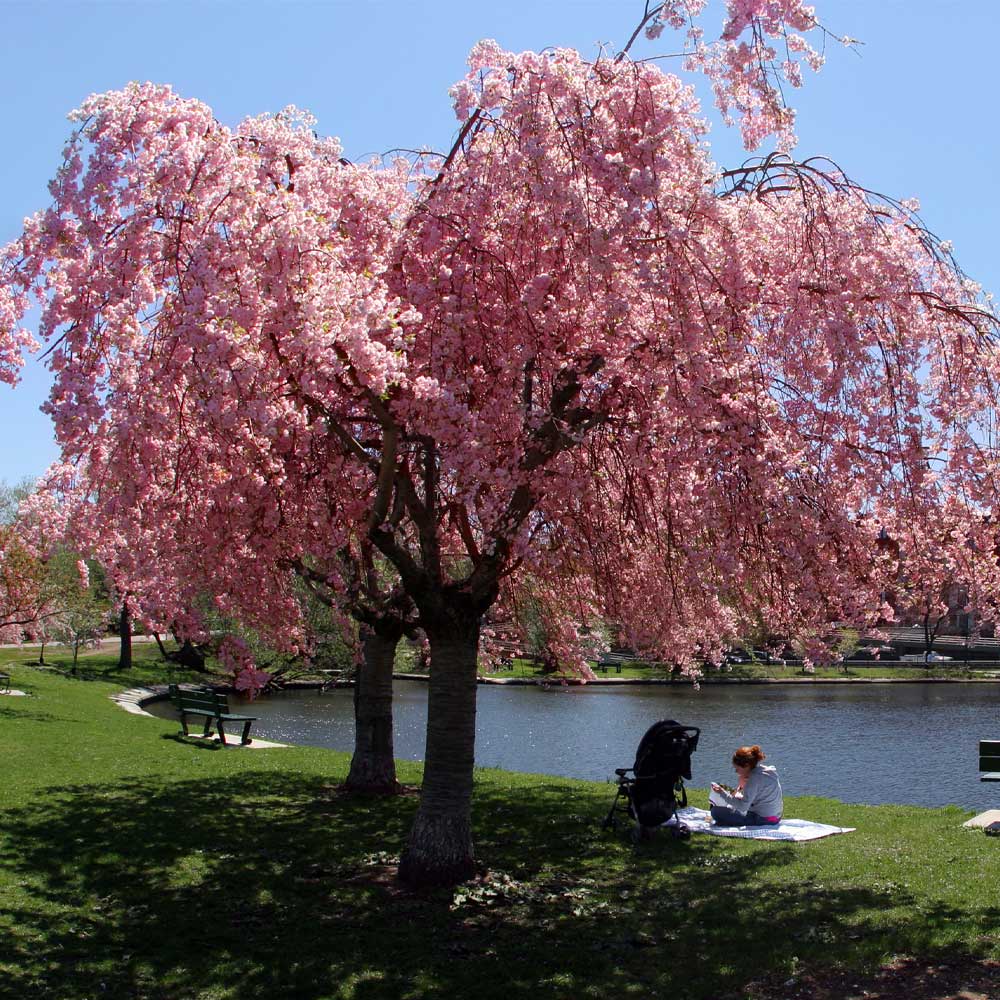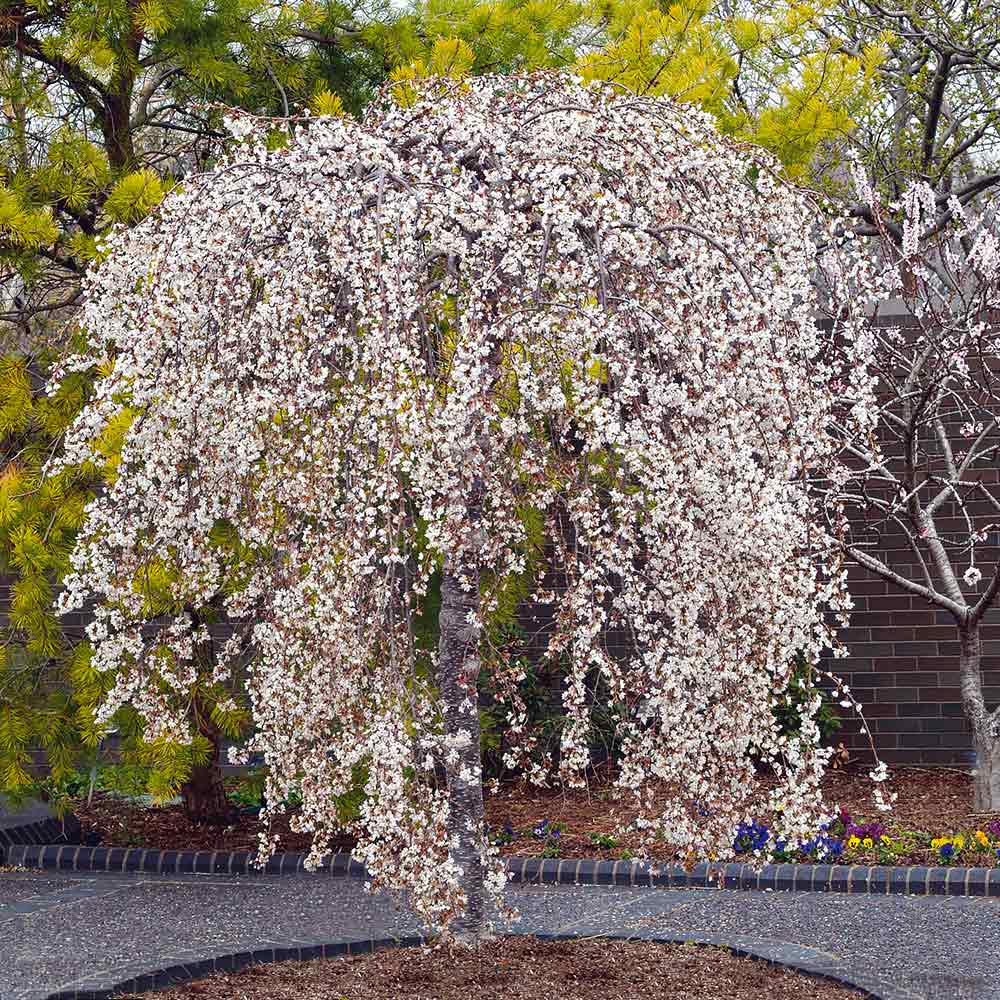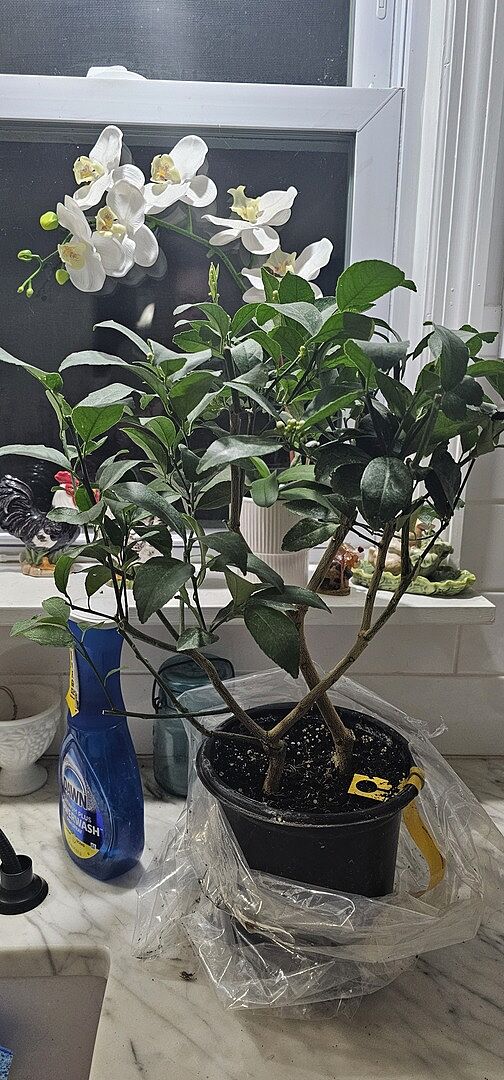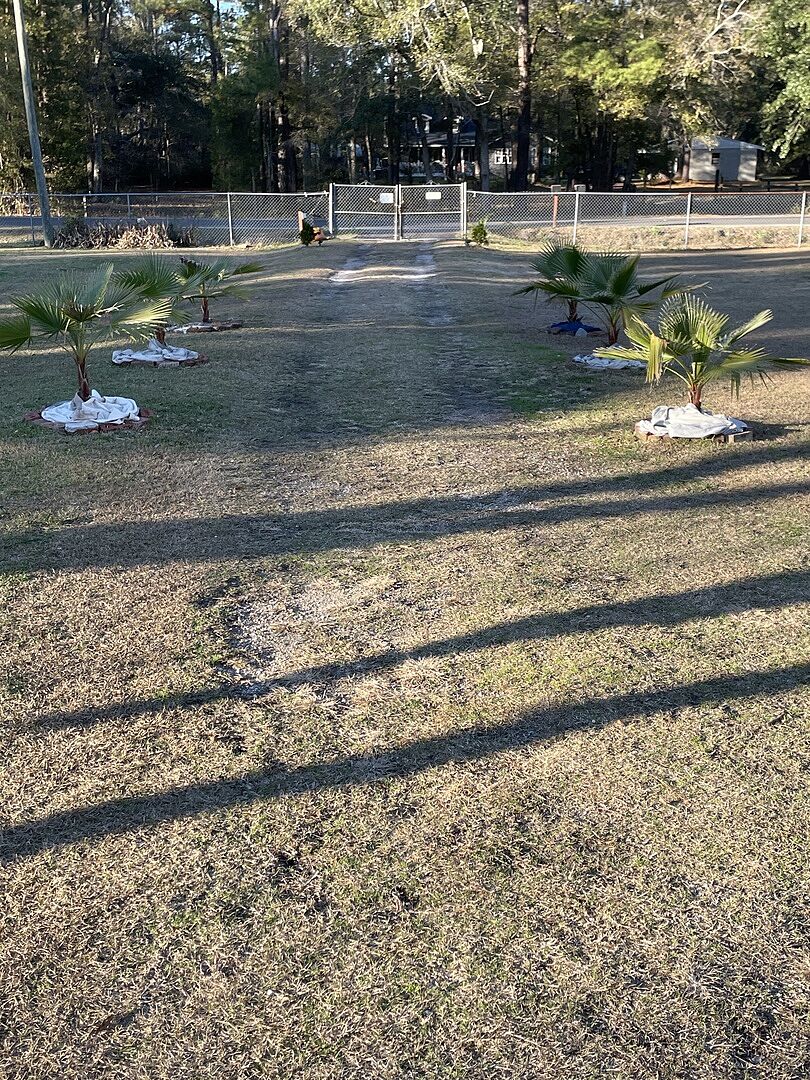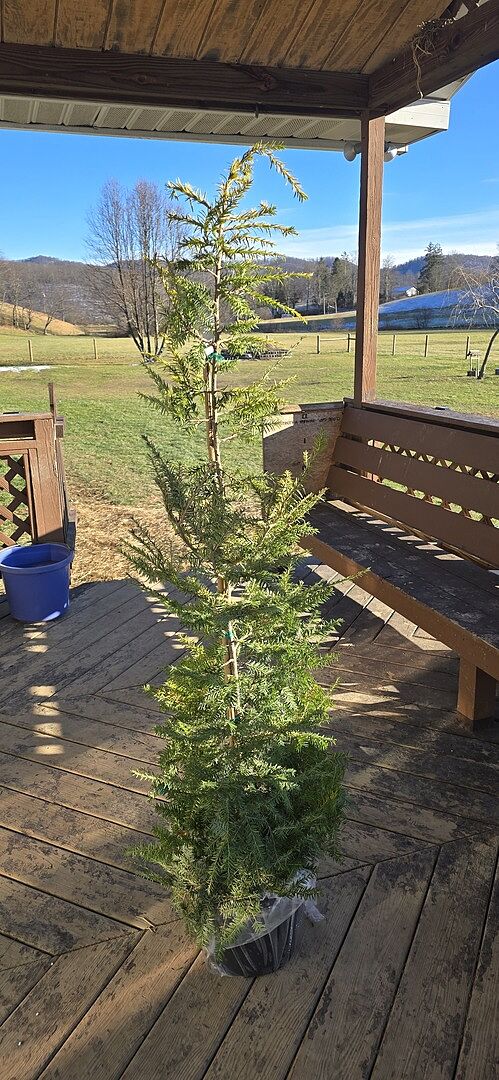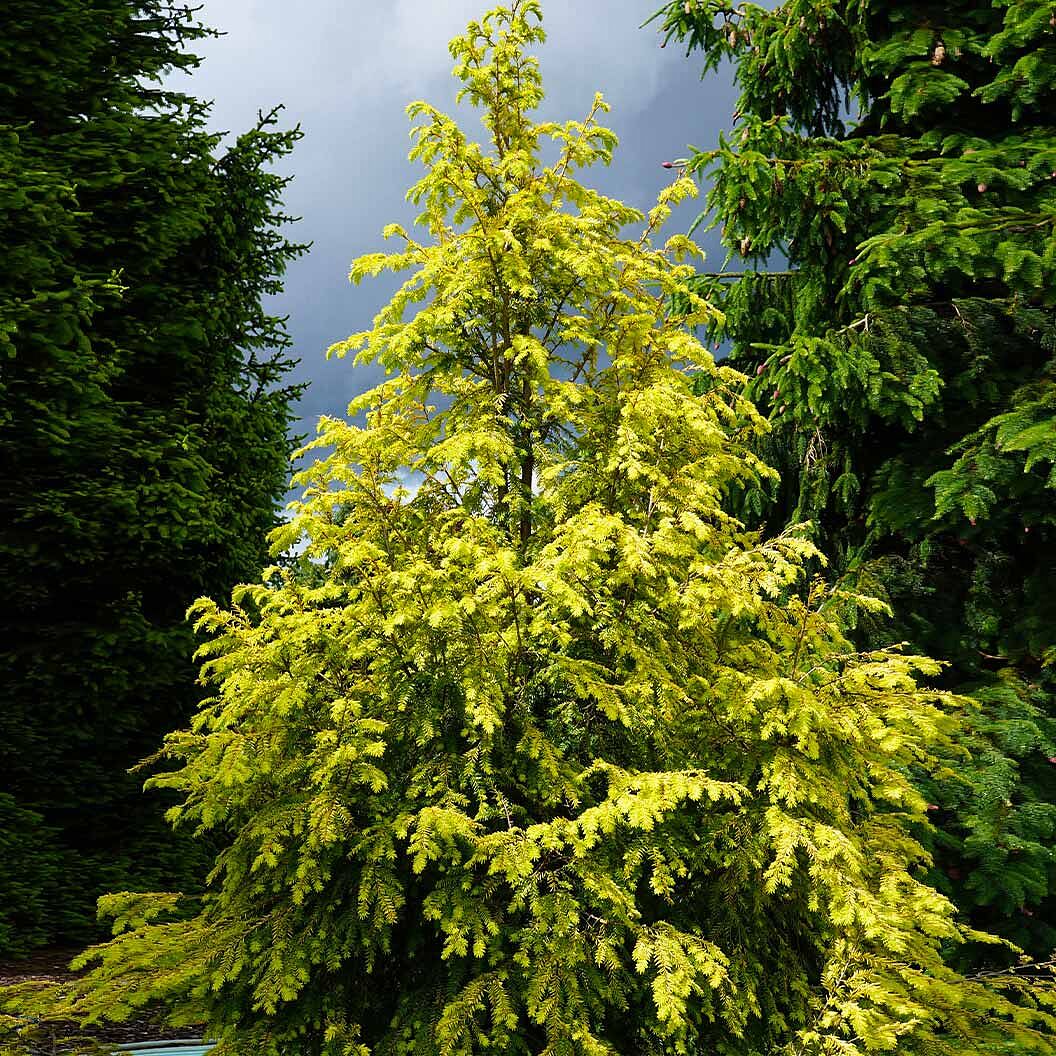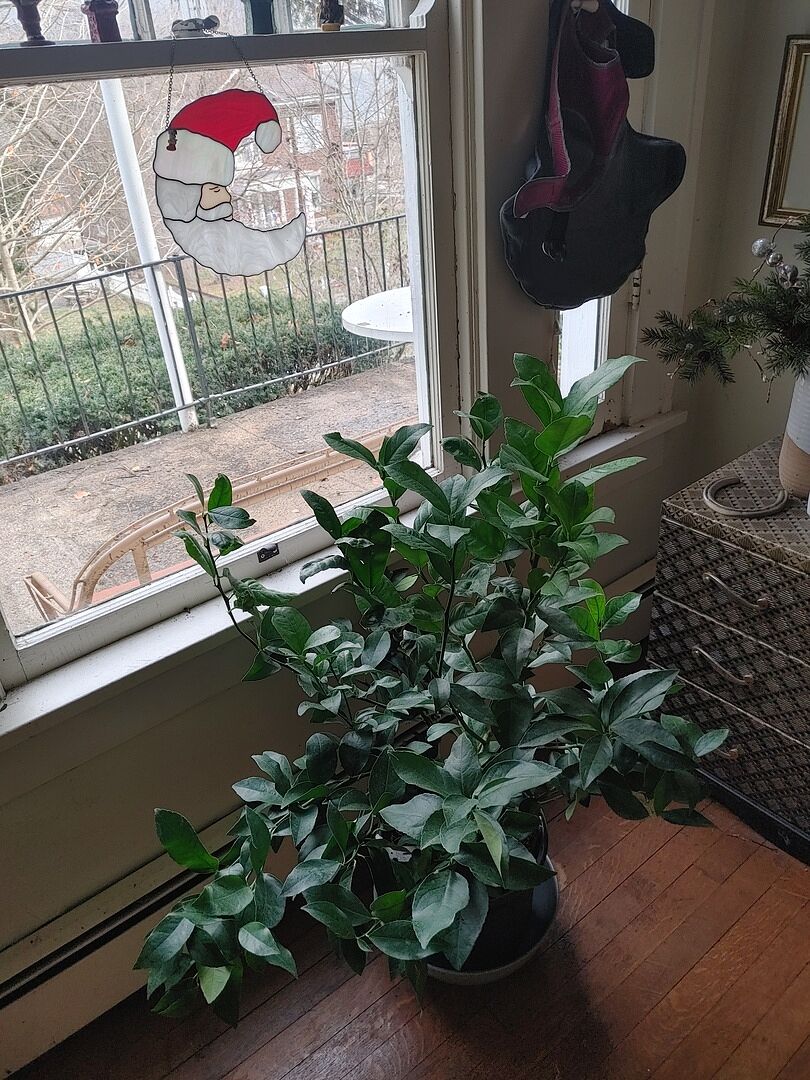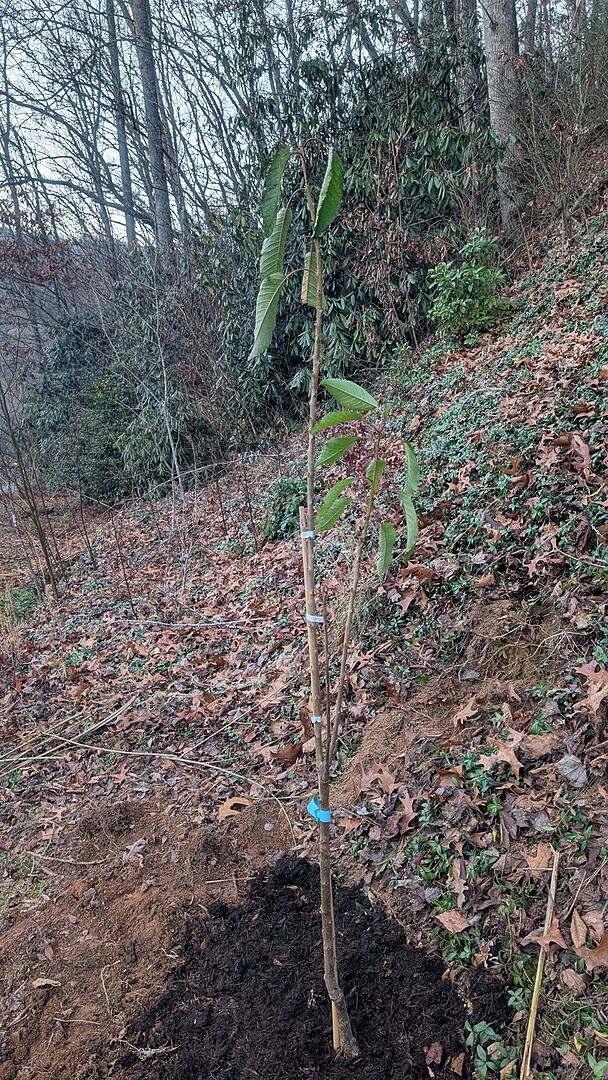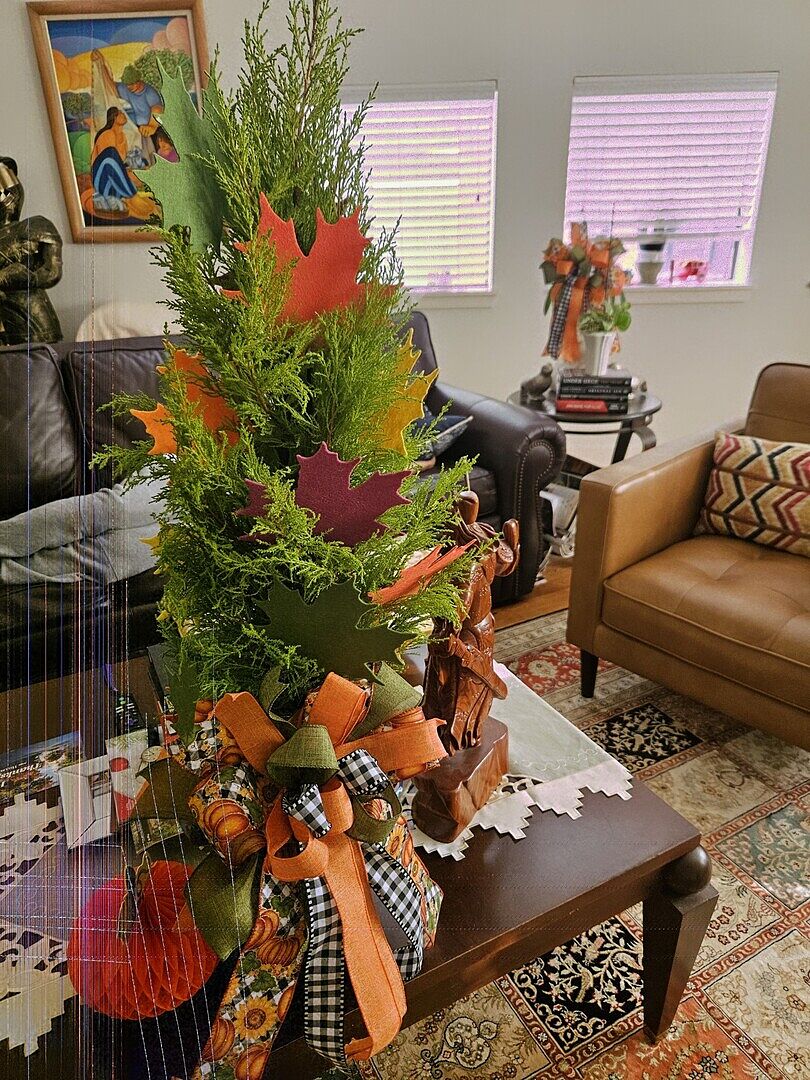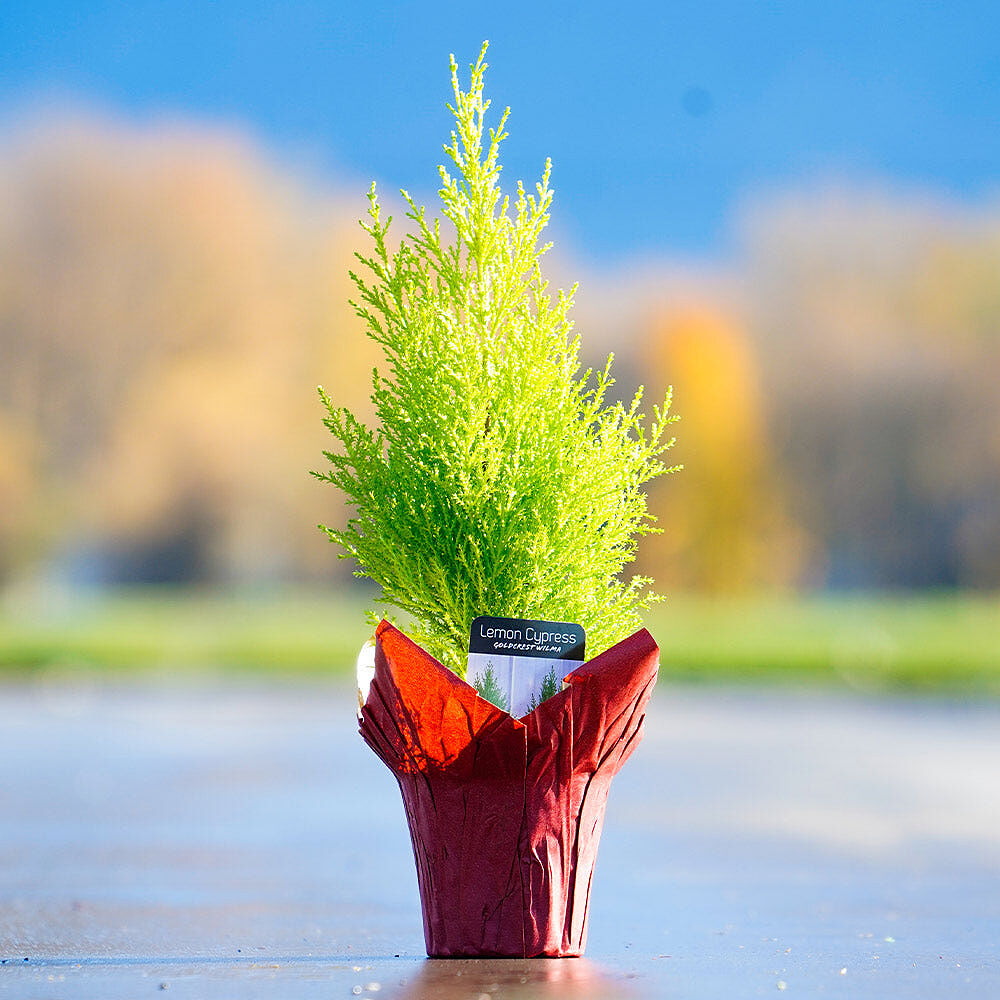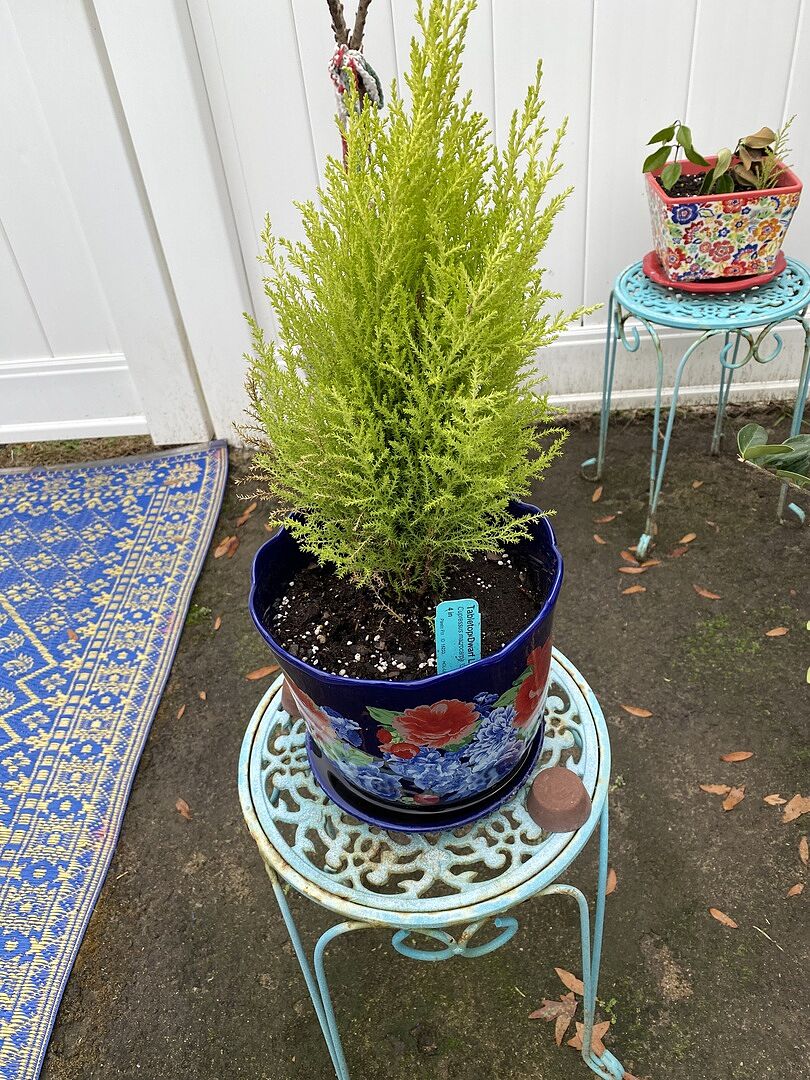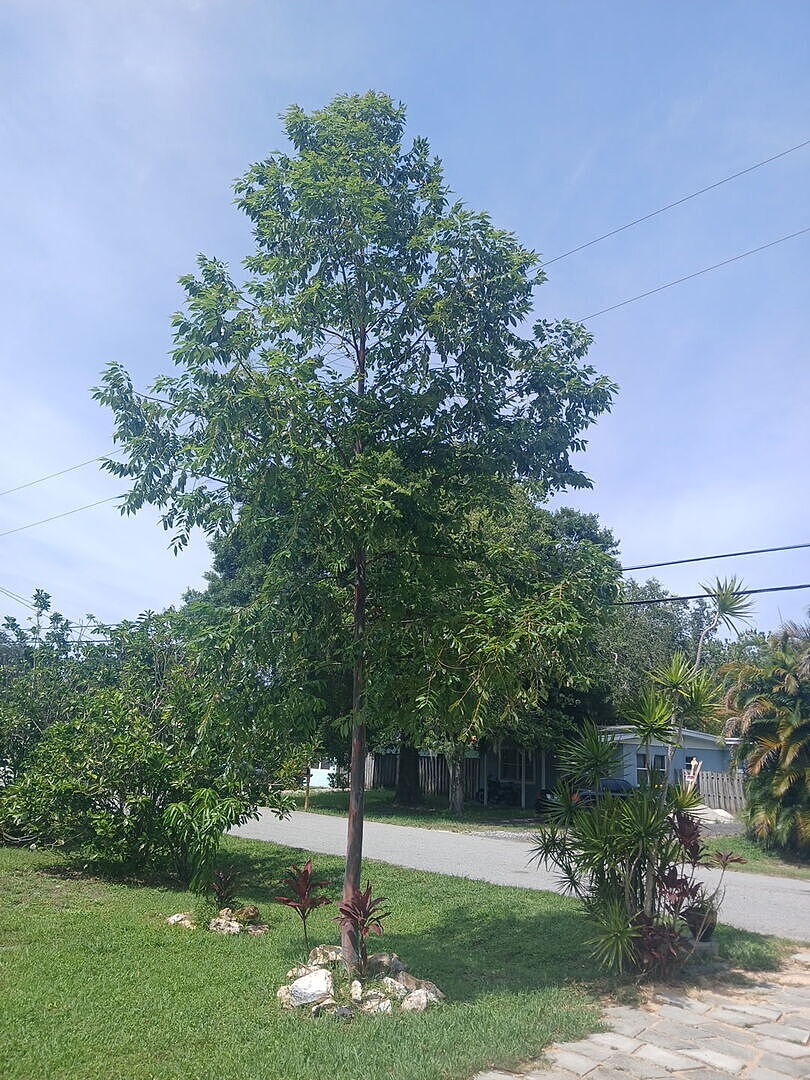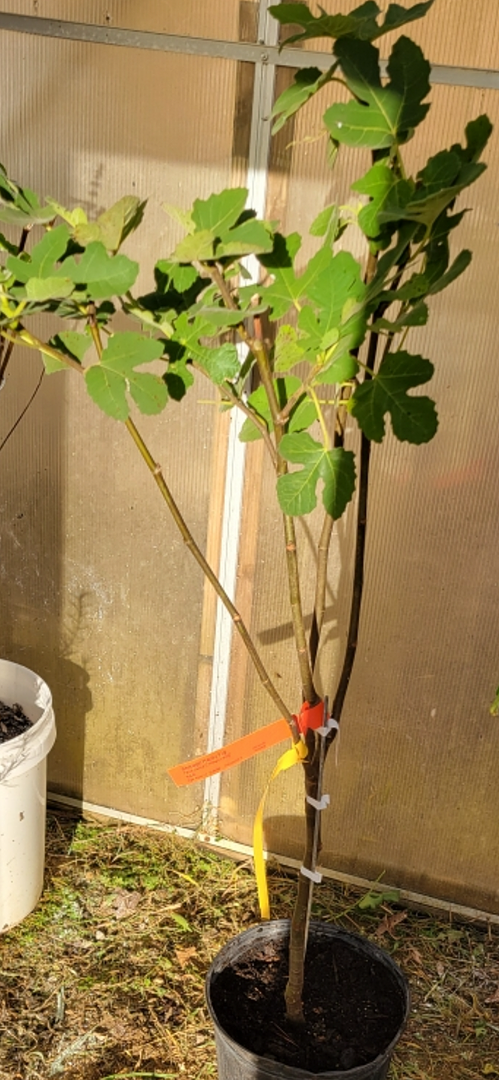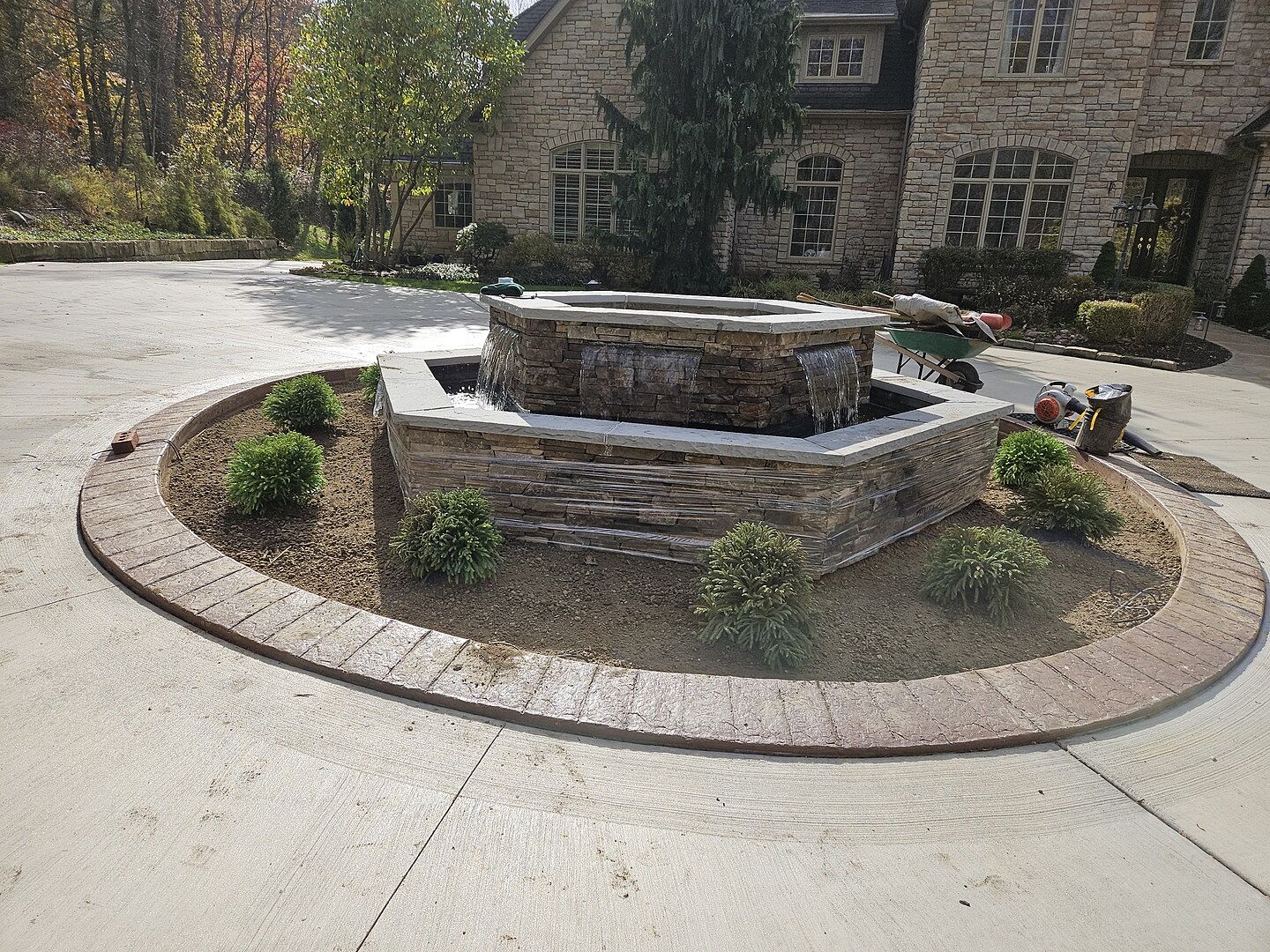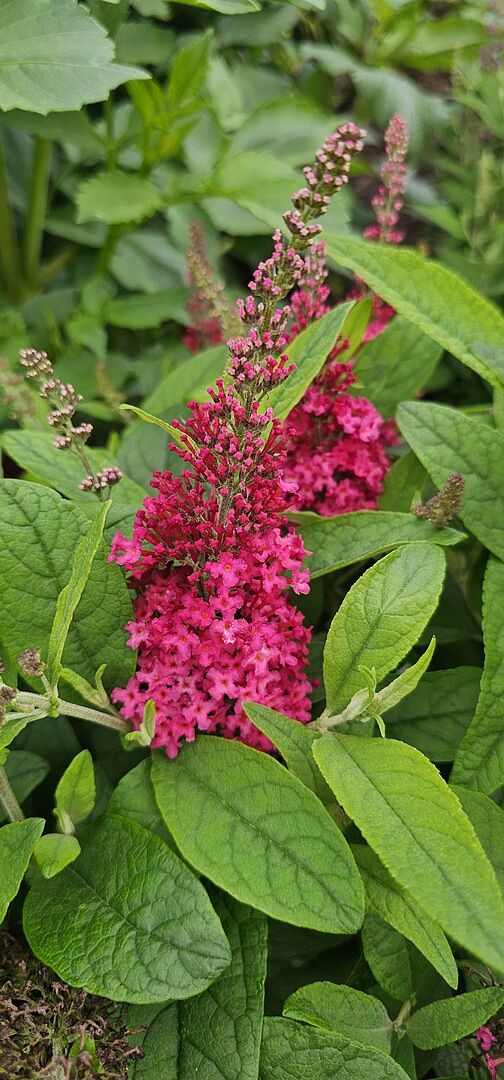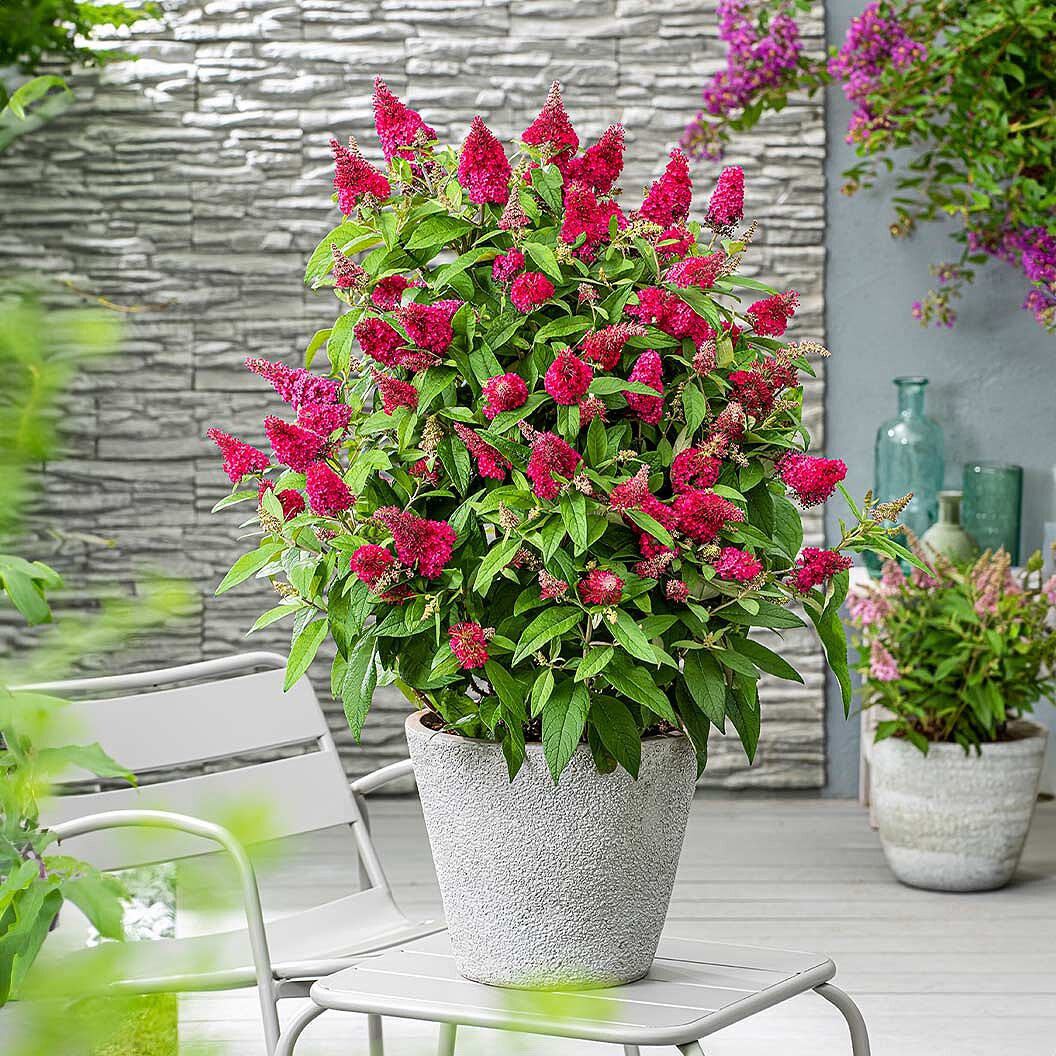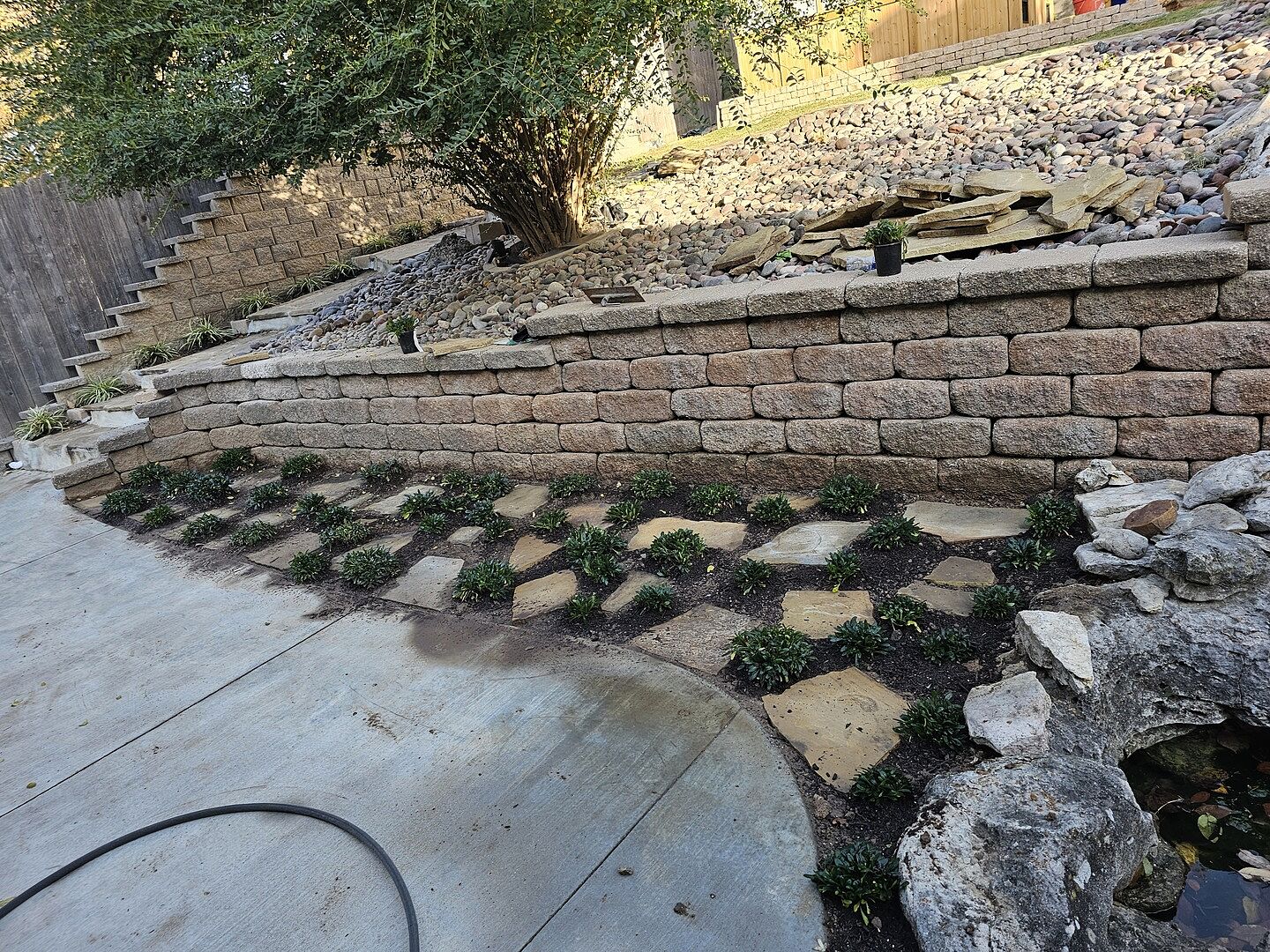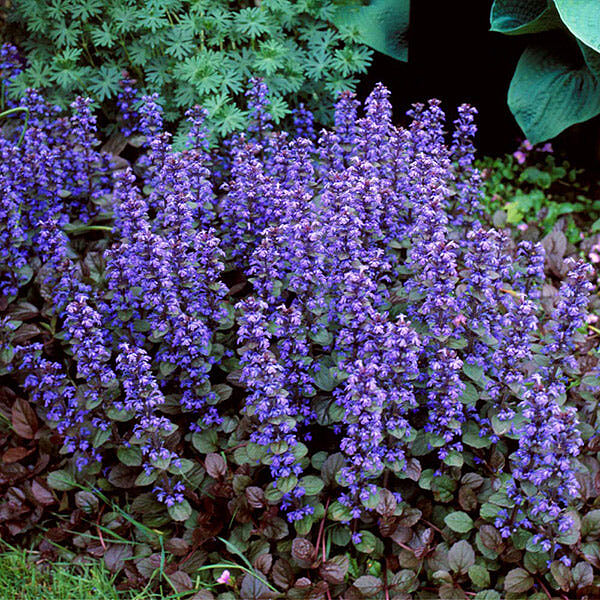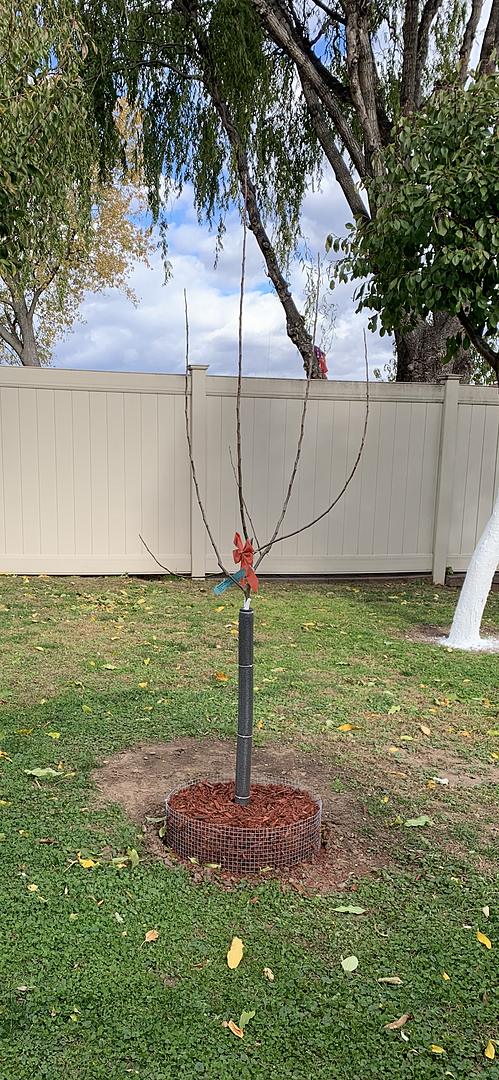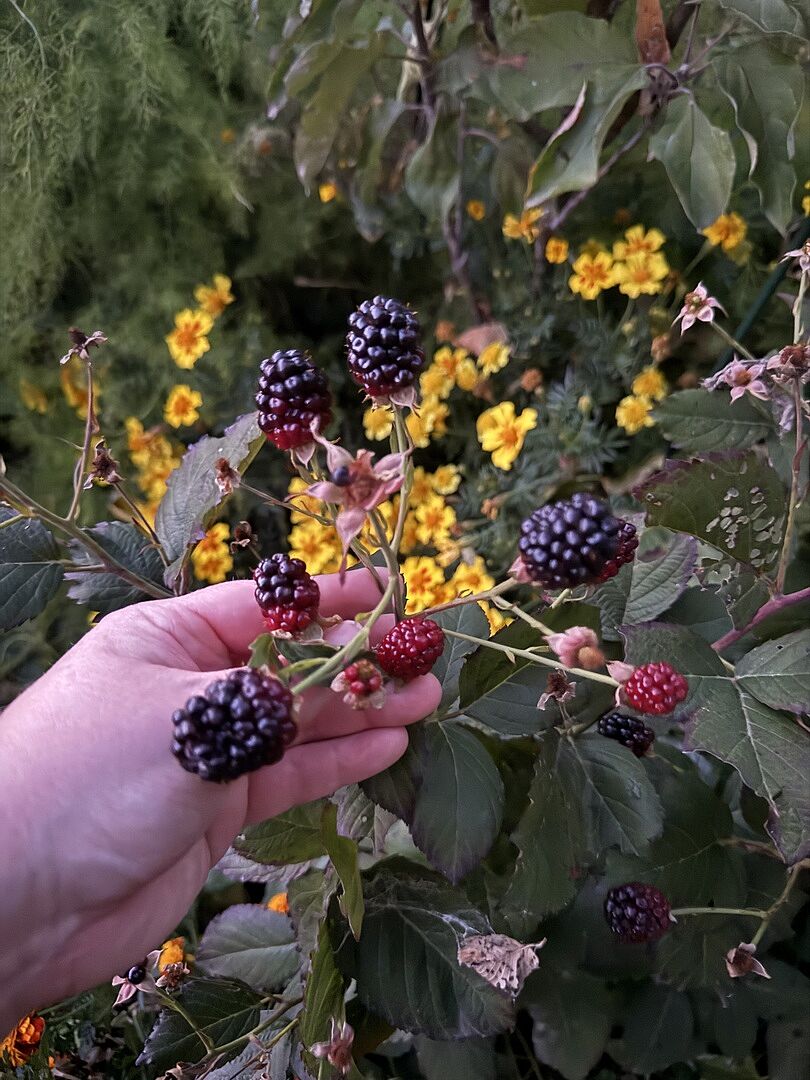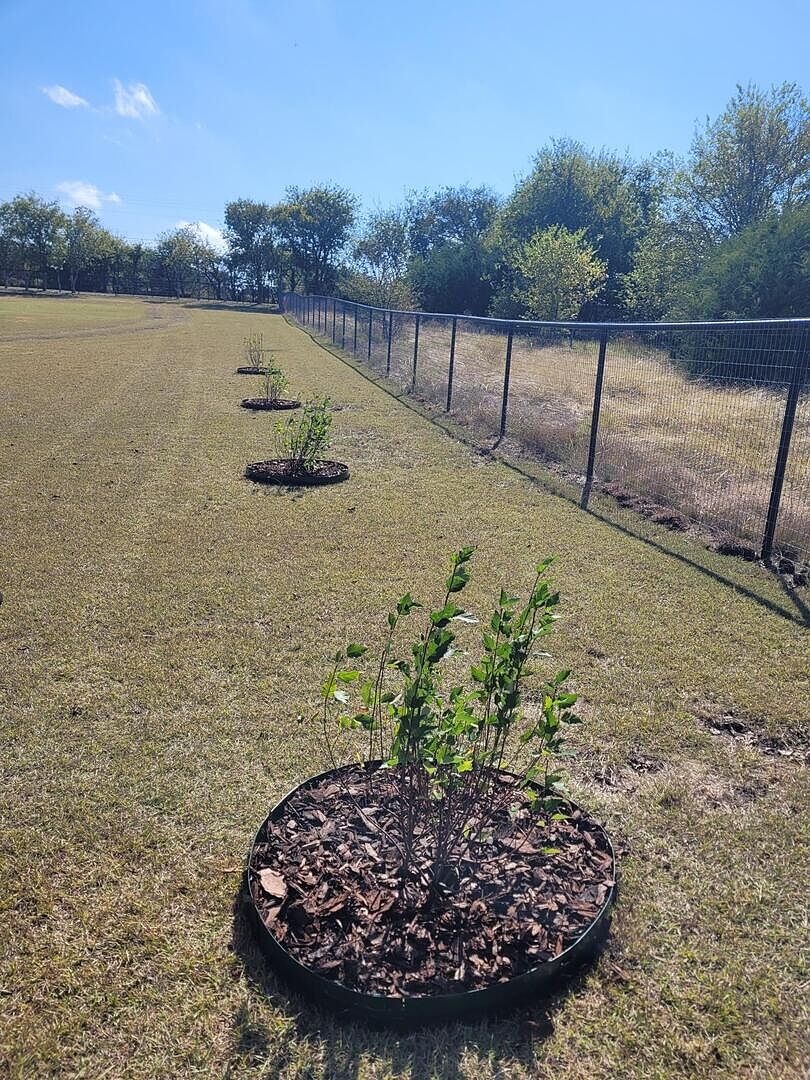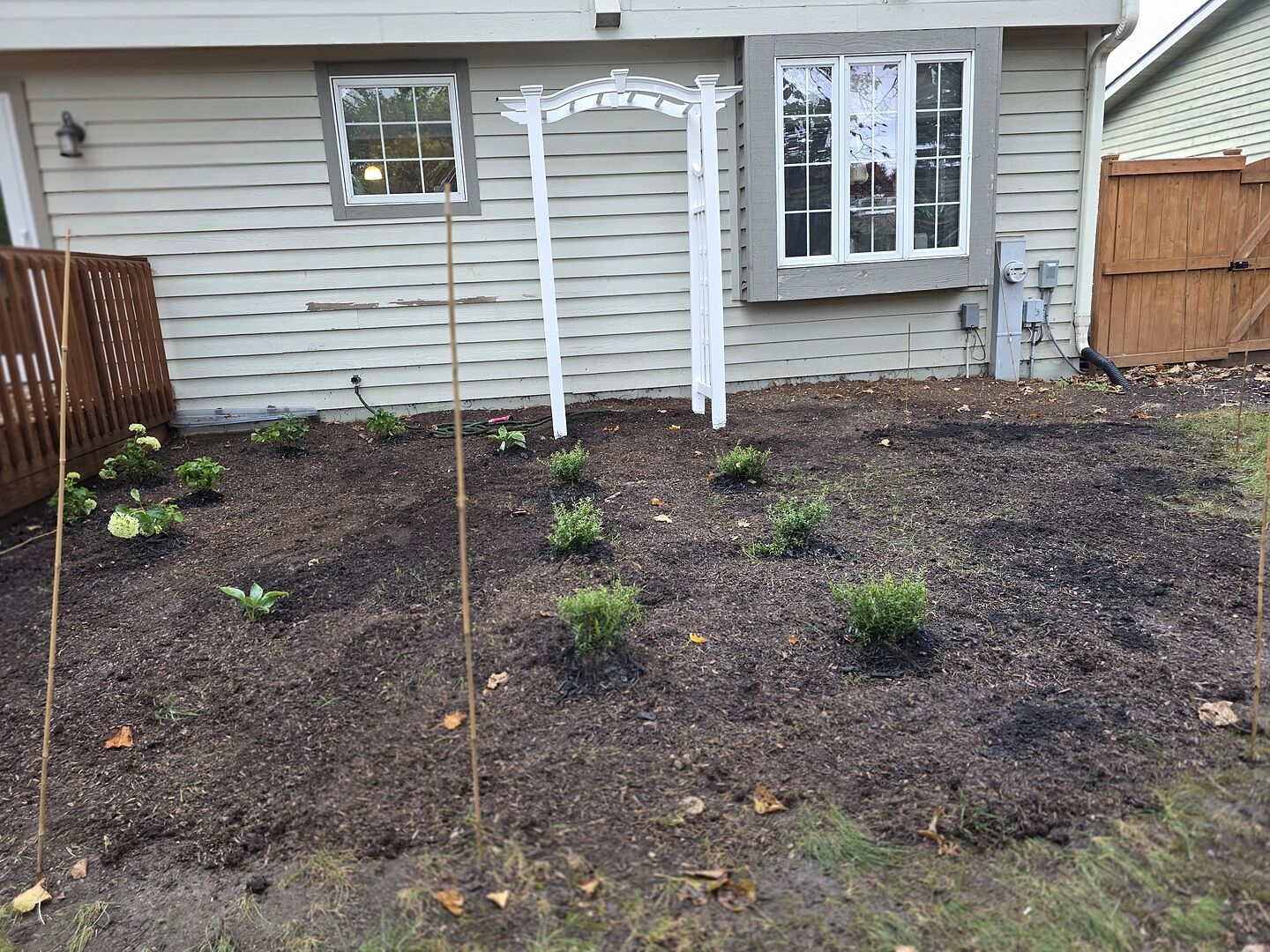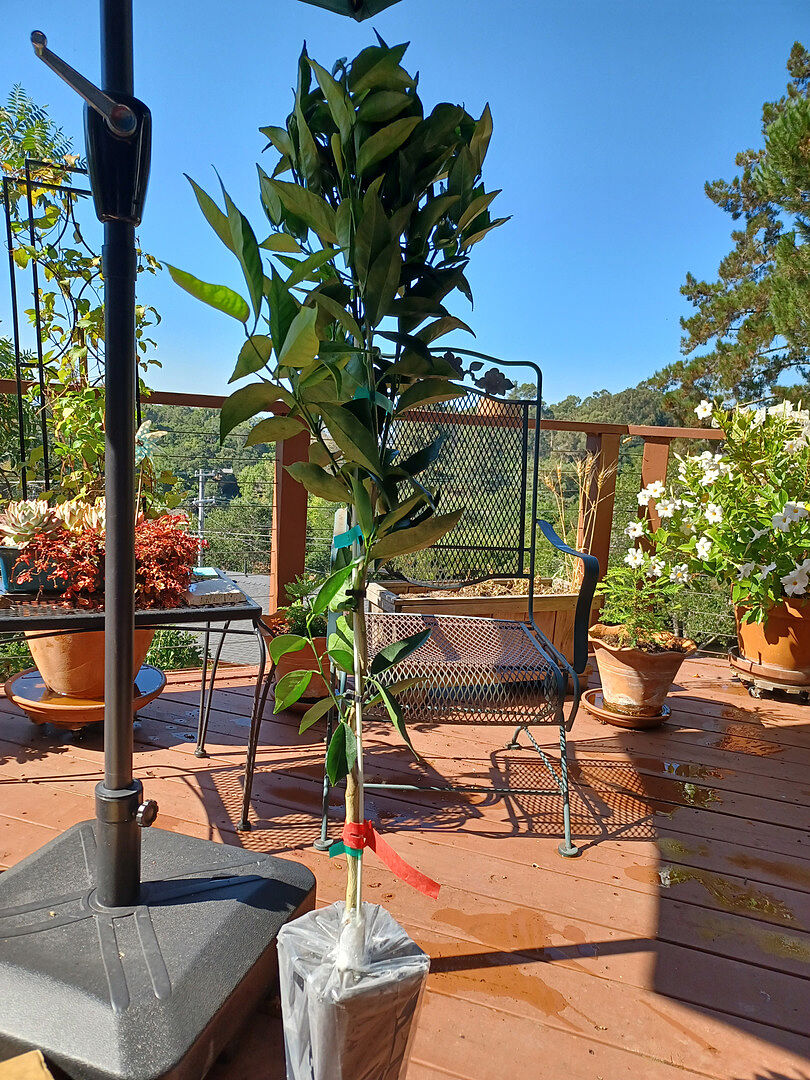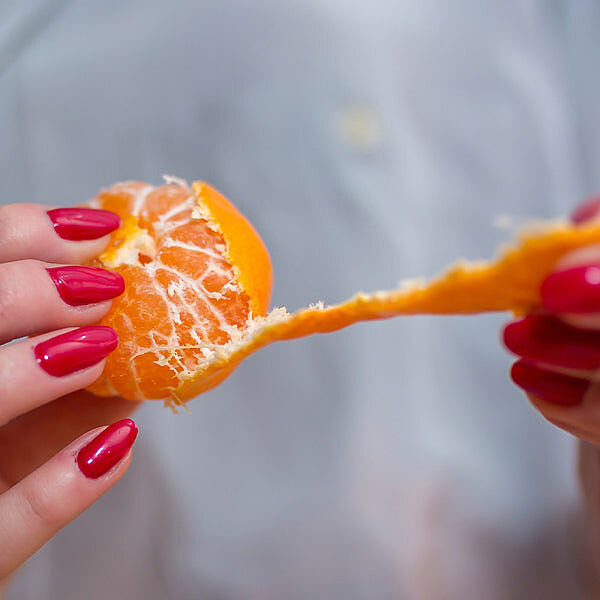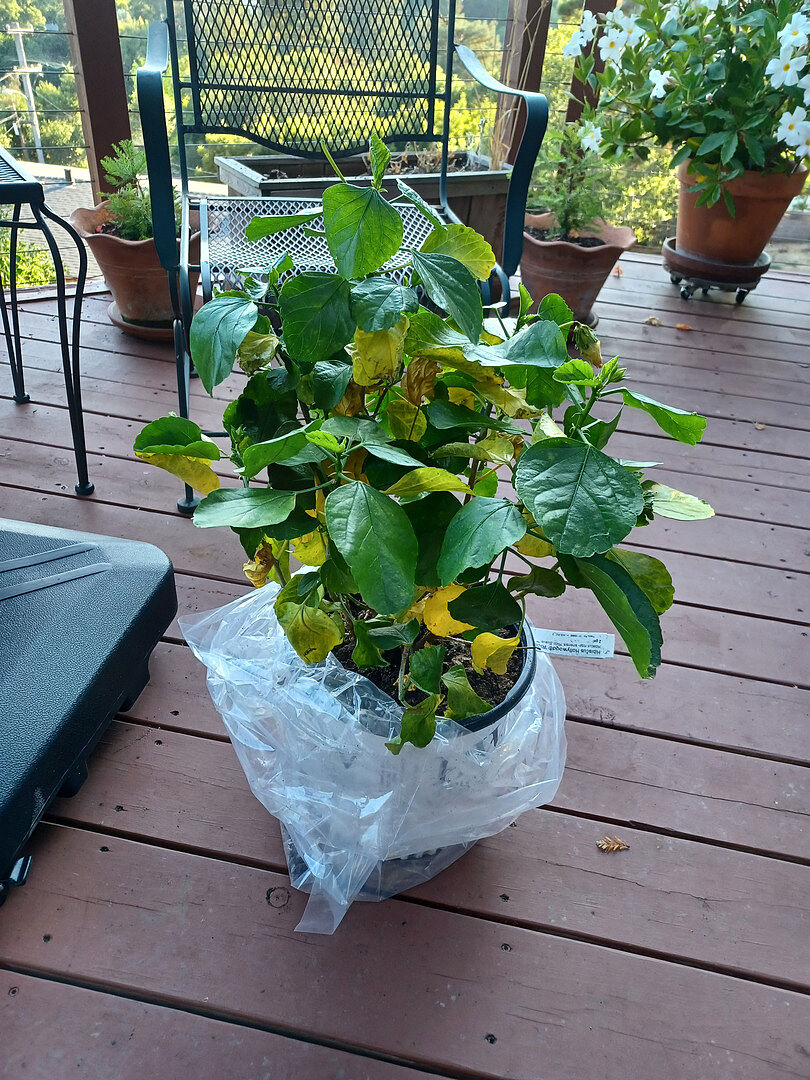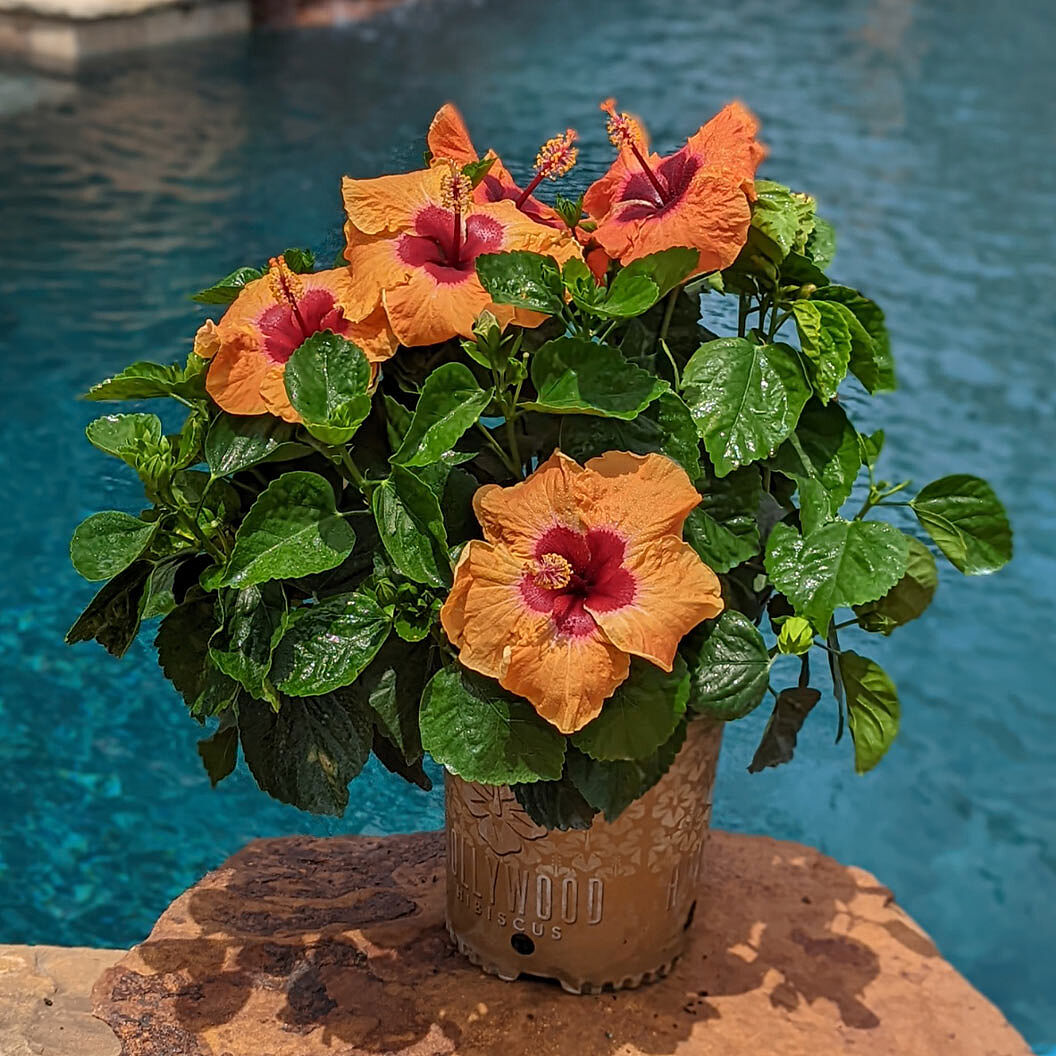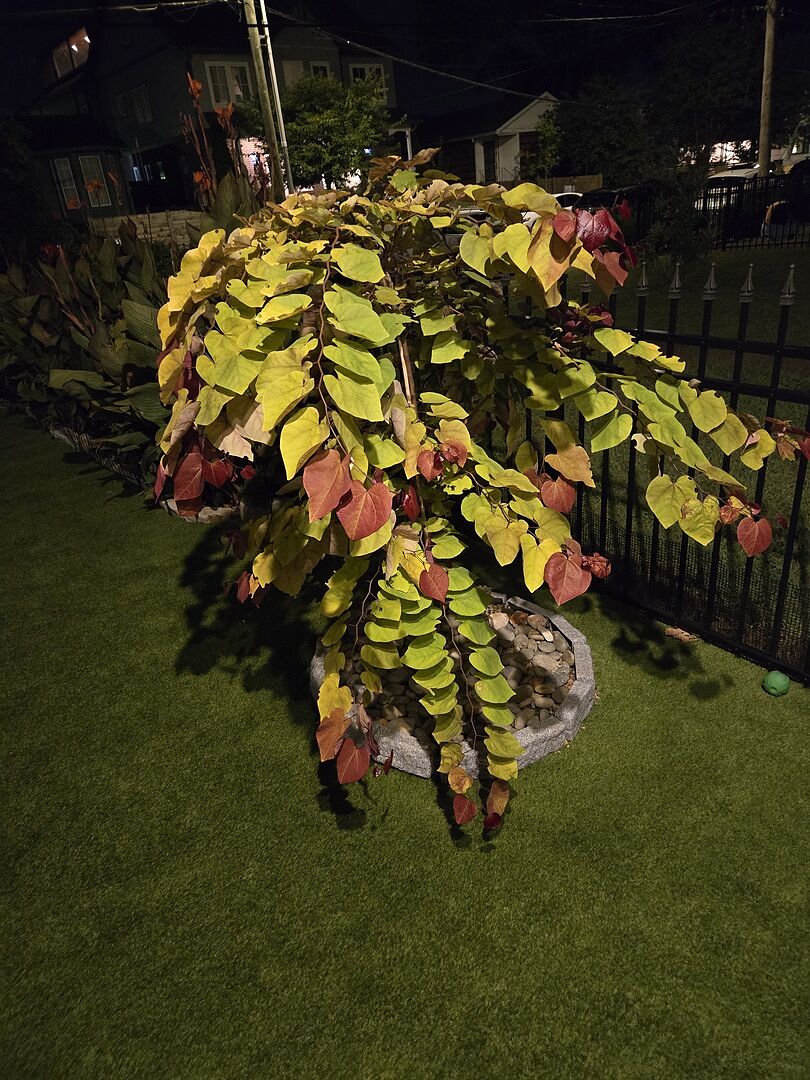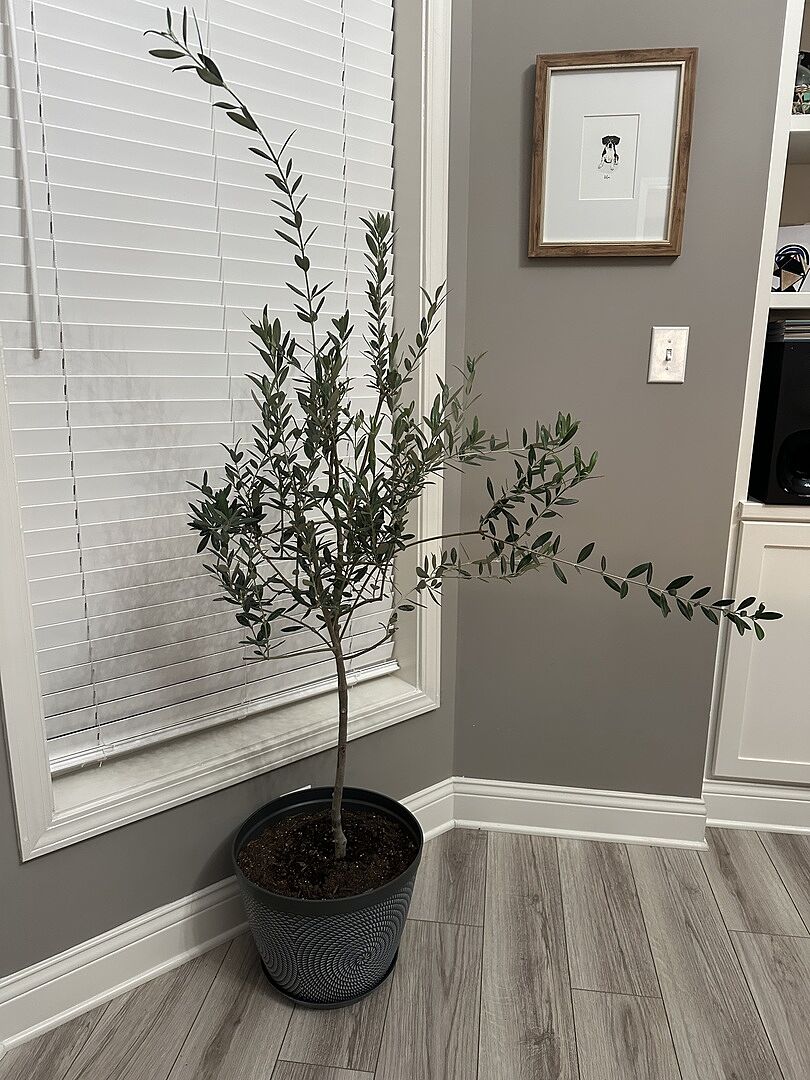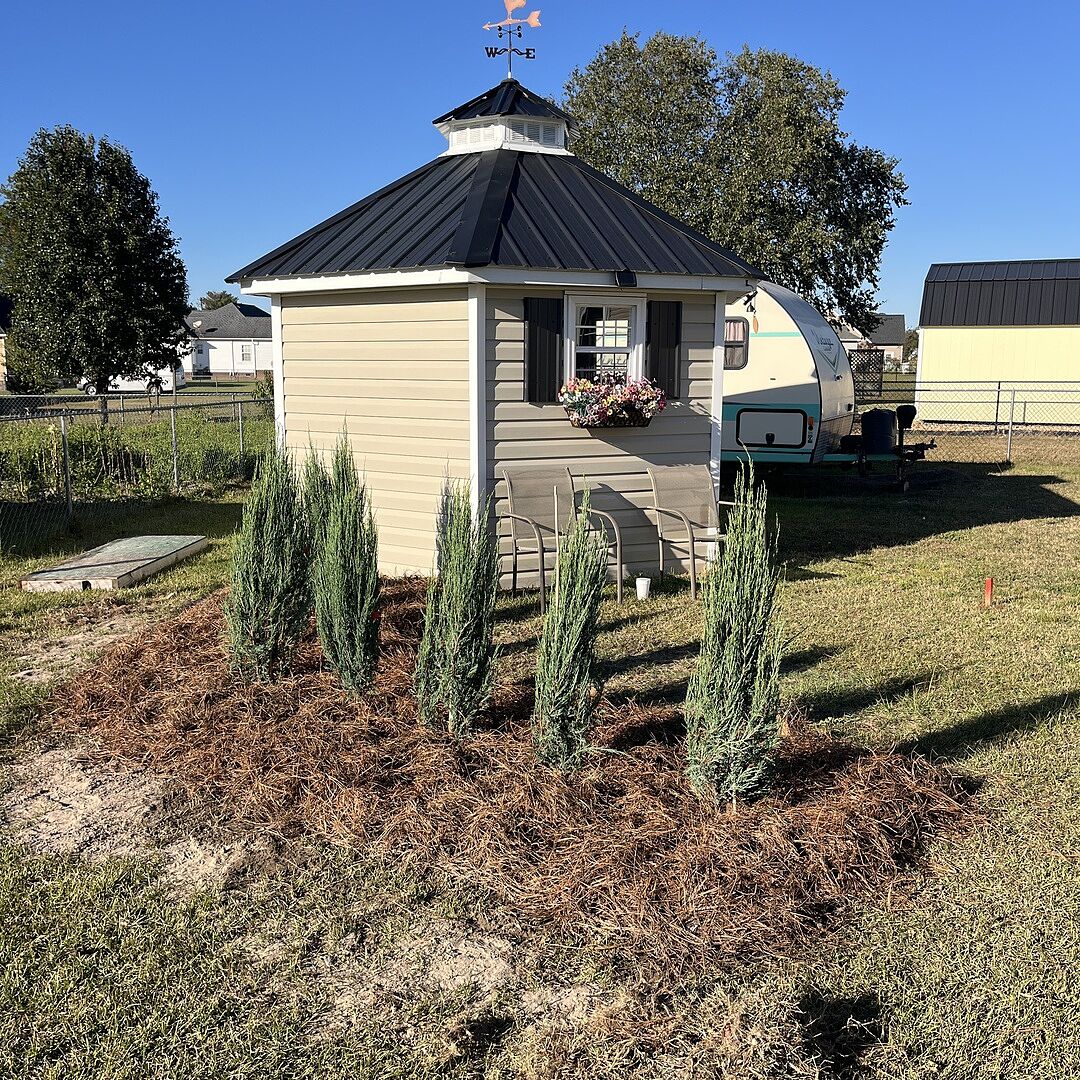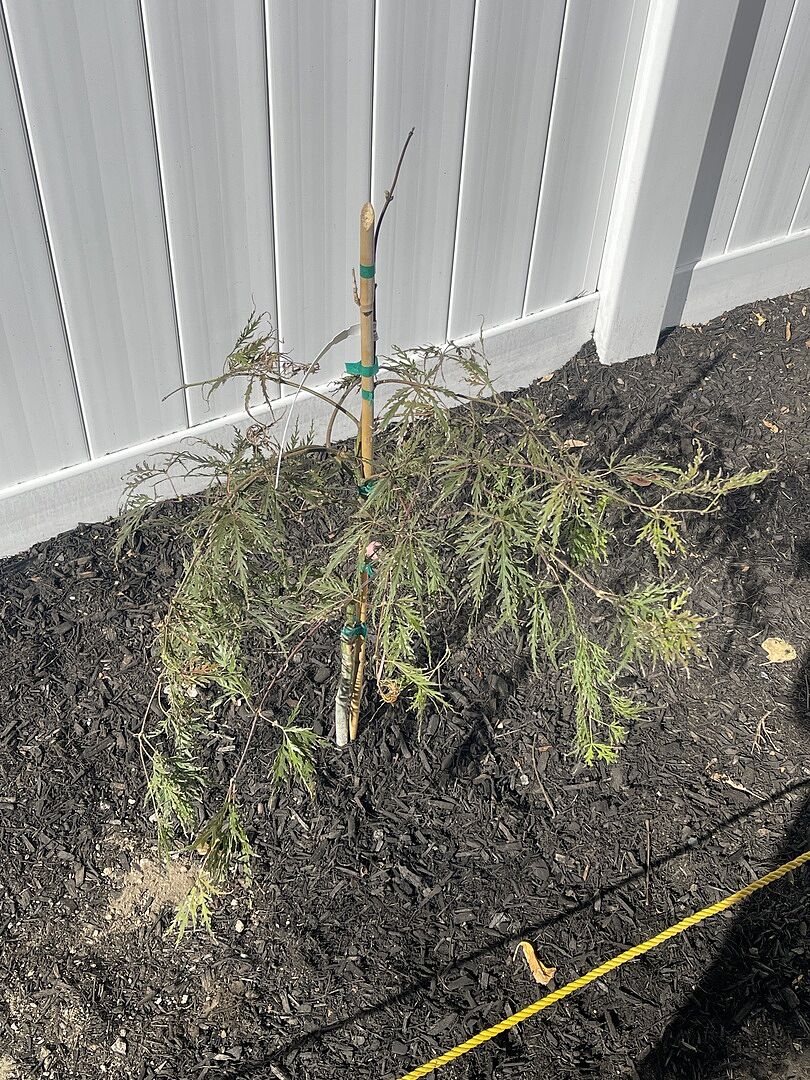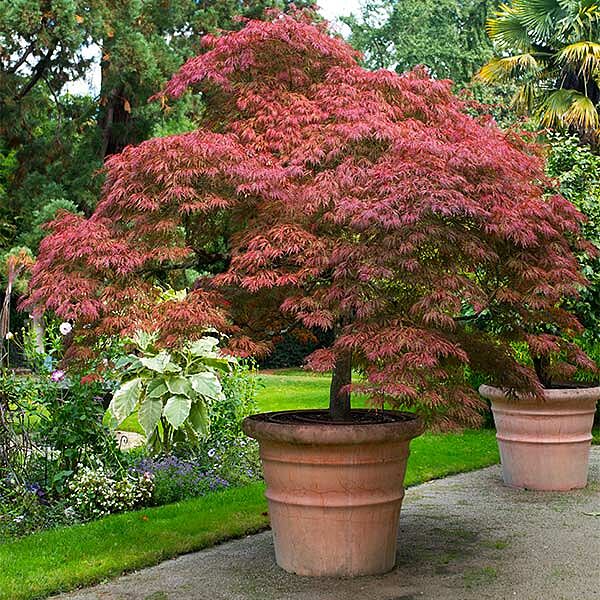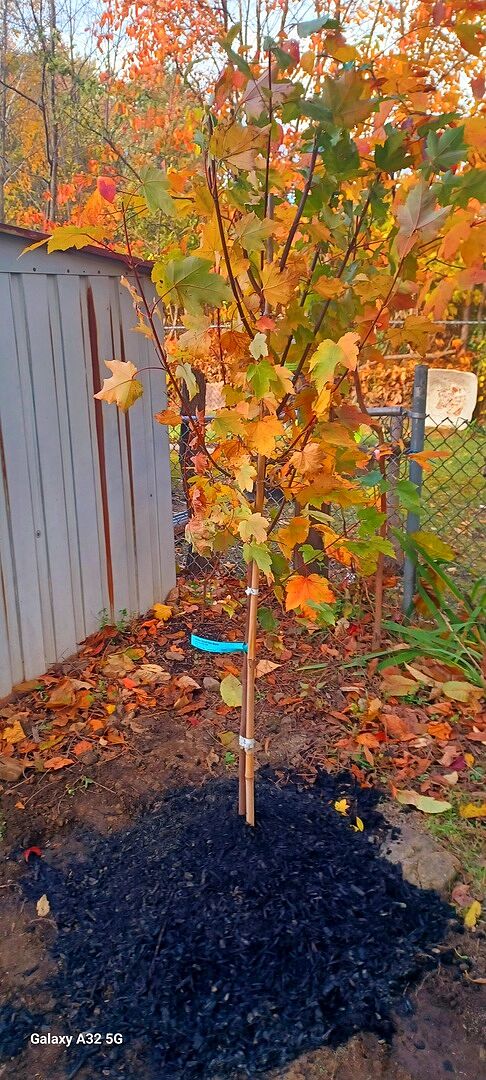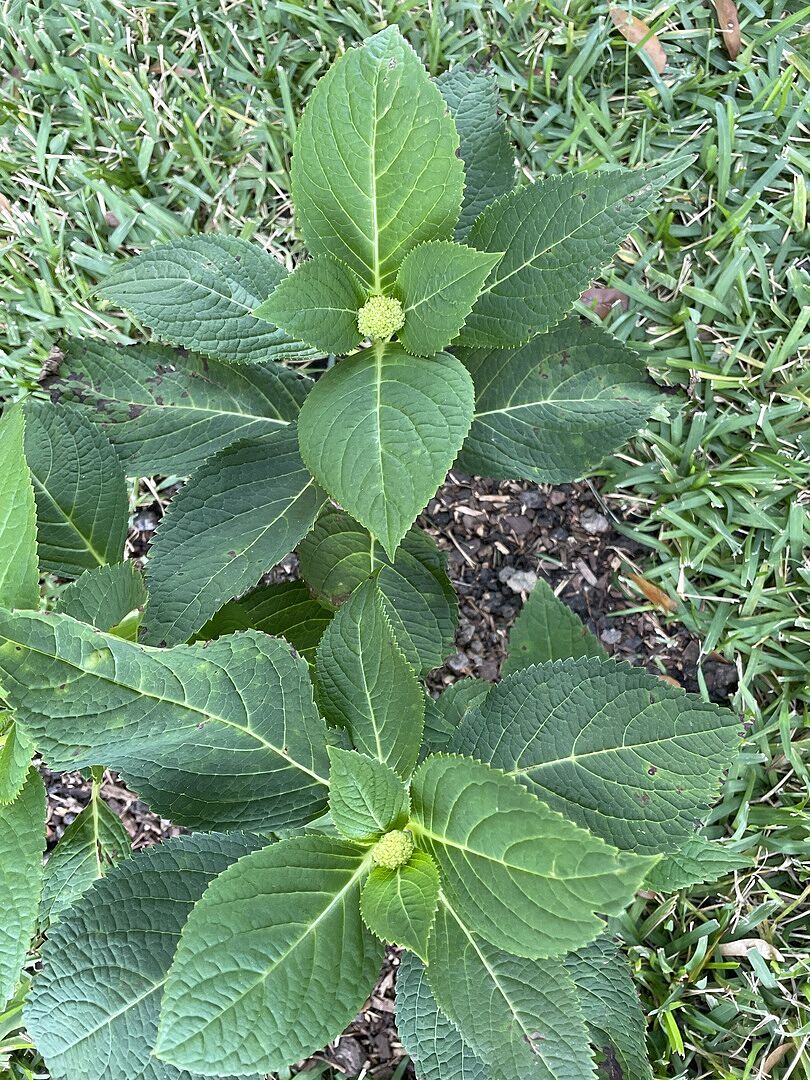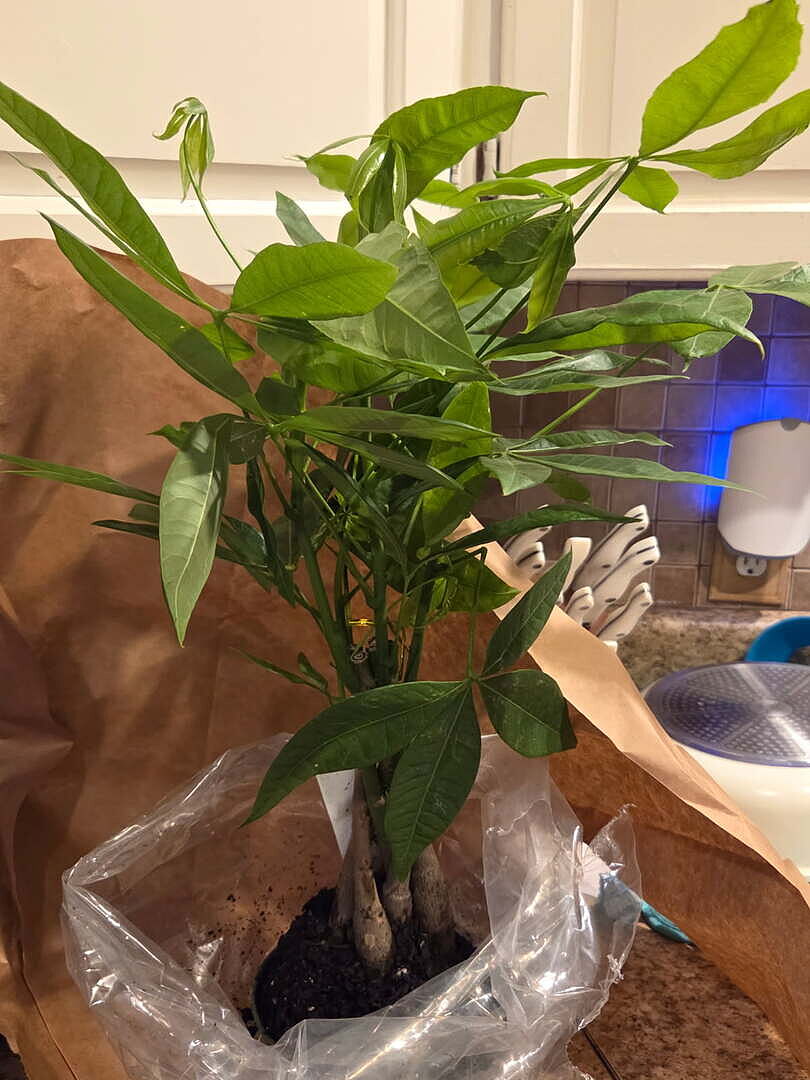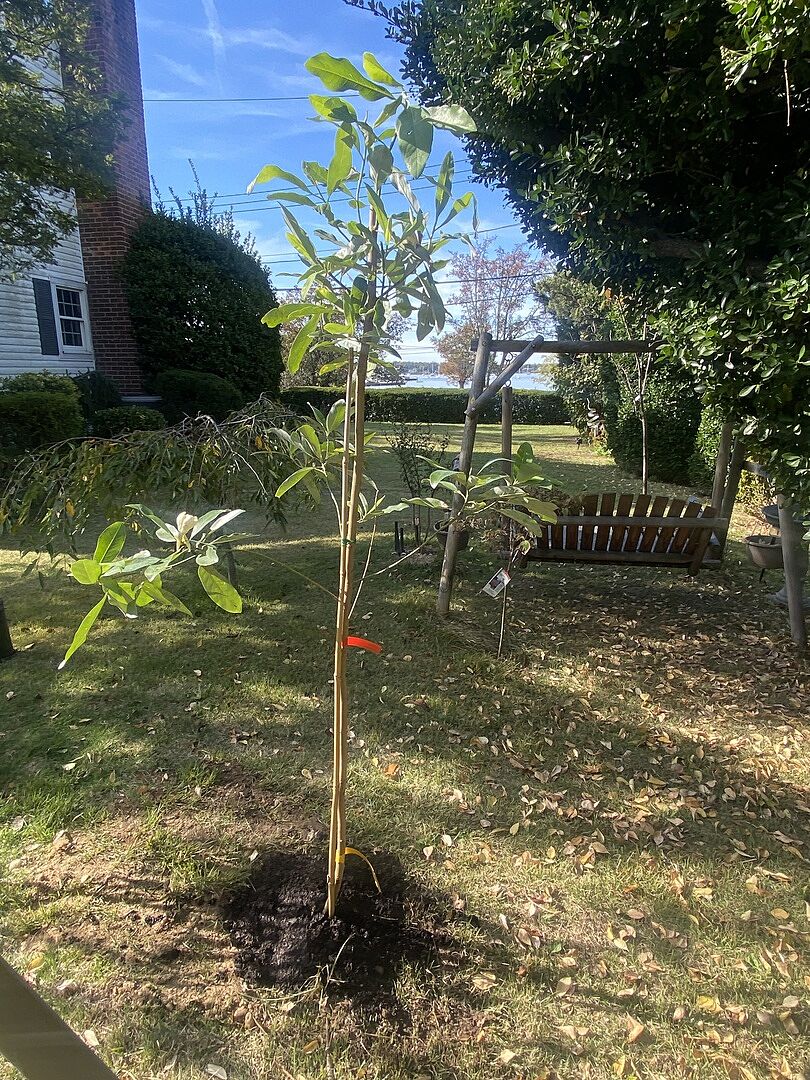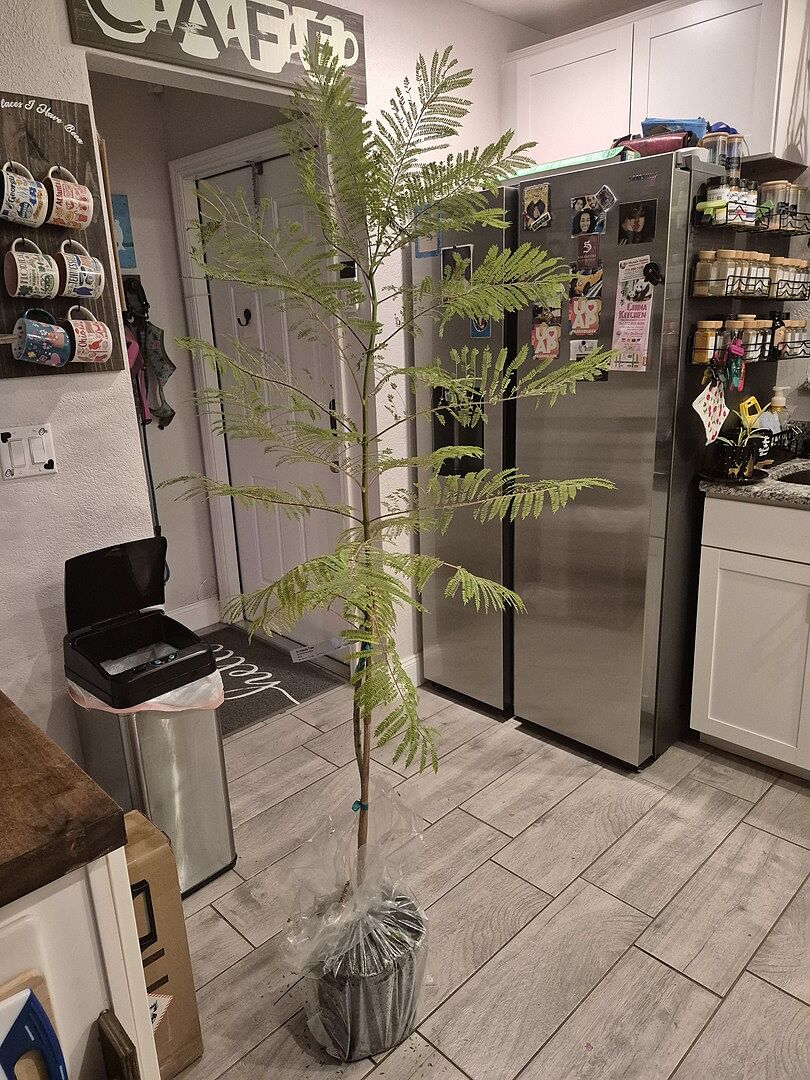Cherry Blossom Trees
Filters
Only items for my growing zone
Zone -
My Location
Only items for my zoneGrowing Zones
Plant Type
Flower Color
Sunlight
Mature Height
Plant Characteristics
Bloom Season
Growth Rate
Collection Results
About Cherry Blossom Trees

Nothing says, “Spring has arrived!” more than a Cherry Blossom Tree beginning to bloom! Admired around the world for their fluffy clusters of white and pink flowers, Cherry Blossom Trees may not produce fruit as their name suggests, but are widely acclaimed as an ornamental tree that greets each spring with unparalleled beauty.
Blossoming en masse during the months of March and April, Cherry Blossom Trees have a long history that spans the globe. A staple in Japan, the tree has gained its popularity in the United States thanks to the famous National Cherry Blossom Festival, which is held each year in Washington D.C. Over a million people flock to the city each spring to experience the city’s century-old orchard of Cherry Blossom Trees during peak bloom.
Luckily, with today’s versatile, hardy Cherry Blossom Trees for sale, there’s no need to leave home to observe the spell-binding event! Learn more about how you can experience the beauty of Cherry Blossoms in your own backyard and what exactly makes them stand apart from other varieties of flowering trees.
Types of Cherry Blossom Trees
While most Cherry Blossom Trees share similar visual and care characteristics—most notably, their short but iconic blooming season—today’s varieties provide gardeners with a plethora of sizes and structures that can be used across a number of landscapes. Here are a few of our favorites:
1. Double Pink Weeping Cherry Tree: This majestic variety emerges each spring with beautiful pink double blooms. With cascading branches, it flowers heavily from a young age, returning each year with bigger and better blooms. Not only will you have blossoms to look forward to in the spring, but vibrant yellow leaves in the fall. This stunner grows between 20-30 feet, is one of the longest-lived flowering trees on the market, is hardy down to -20 degrees, and is an option for landscapers in most of the continental U.S., growing in zones 4-9.
2. Okame Cherry Tree: This upright, showy pink variety is one of spring’s earliest bloomers, producing a lovely fragrance alongside its fluffy petals that grow up to an inch wide. Its leaves transform in fall to extend its visual interest, bursting into transfixing shades of yellow and orange. Reaching mature heights of 20-30 feet, the Okame is hardy down to zero degrees, making it an option for landscapes located in zones 6-9.
3. Yoshino Cherry Tree: This stunning white ornamental is the most popular Flowering Cherry tree for a reason! The primary variety planted in D.C. that draws millions of admirers each year to the National Cherry Blossom Festival, the Yoshino is a heavy bloomer, producing huge white clouds of delicate flowers that fall like confetti in the spring. Soaring up to 50 feet tall, this beauty is also notable for its durability, with the ability to withstand drought, adapt to numerous soil types, and withstand temperatures down to -10 degrees.
4. Kwanzan Cherry Tree: The most prolific bloomer in the Flowering Cherry family, the Kwanzan thrives in tough conditions while delivering unmatched color and eye-catching pink petals. Blooming in large clusters of three to five, this tree begins to bloom in April and maintains its full florals for weeks at a time. Growing to a mature height of 30-40 feet, the Kwanzan is hardy down to -10 degrees, thrives in most soils and climates, and can be planted in zones 5-9.
5. Weeping Extraordinaire Cherry Tree: A seasonal star, the Weeping Extraordinaire blends the beauty of its double-bloom blossoms with cascading branches. This variety is more petite, maxing out at 20 feet tall, but still stands out in the neighborhood for its pink spring florals, green summer foliage, and burgundy fall leaves. It also boasts a tolerance to pollution, making it a great focal point for urban areas in zones 5-8.
Cherry Blossom Tree Care and Maintenance
While many Cherry Blossom Trees care routines are similar, it’s always best to reference specific Cherry Blossom Tree guidance for your particular variety.

1. Planting: Before you start digging, be sure your desired planting spot has well-draining soil and full to partial sunlight—your tree will grow best in areas that receive between 4-8 hours of sun a day.
Dig your hole just as deep as your tree’s root ball, and twice as wide. You’ll want the top of the root ball to sit about an inch above the surrounding soil’s level, so leave a small mound of dirt in the center of the hole for the root ball to sit on top of.
Carefully loosen the tree’s roots and spread them in the hole. Backfill the hole with soil, without covering the crown (the top of the root ball) and water the tree to settle its roots. To complete the planting process, spread a 2-3 inch layer of mulch around the tree’s root area to help keep the soil moist.
2. Watering: Frequency for watering will vary depending on the type of soil your tree is planted in, rainfall, and temperatures. When in doubt, check the soil two inches down for moistness. If it's dry, it’s time to water. We recommend a slow trickle from the garden hose for 10-20 minutes.
3. Fertilizing: Flowering Cherries do not require fertilizer during their first two years of planting as long as weeds are kept at bay. However, as your tree ages, it will benefit from a nitrogen-based fertilizer. Apply once in the spring—or spread the application across the season in equal parts over the course of spring and summer.
4. Pruning: Varieties like the Yoshino, will need minimal pruning, but broken branches can be addressed in spring before new growth begins. Others, like the Double Pink Weeping Cherry, will benefit from pruning the current year’s faded flowers to promote buds the following season. For prime results, prune your Flowering Cherry during the dormant period, removing any dead, damaged, or diseased branches along the way.
Questions about Cherry Blossom Trees
Where do Cherry Blossom Trees grow best?
Cherry Blossom Trees can grow in most areas of the United States, with numerous varieties thriving in zones 4-9. Most Cherry Blossom varieties are bred with some degree of cold hardiness—some able to withstand temperatures as low as -20 degrees. Additionally, some varieties, like the Yoshino, are drought-resistant. Before purchase, be sure to confirm your area’s USDA growing zone so you can be confident that your desired variety will thrive.
How long does it take for a Cherry Blossom Tree to bloom?
Once established, Cherry Blossom Trees will produce their blossoms in March and April. But for newly planted trees, it may take a few years for your tree to produce full blossoms. However, because our experts take such care to nurture every Flowering Cherry, your tree will arrive at your door with well-established roots, helping it become acclimated to your yard quicker than varieties at your local nursery.
If you’re looking to enjoy Cherry Blossoms as soon as possible, we recommend ordering one of our larger sizes, which have more mature roots and take to your landscape quicker than smaller sizes.
Are Cherry Blossom Trees fast growing?
Cherry Blossom Trees boast a moderate growth rate, meaning you can expect them to grow between one to two feet per year.





